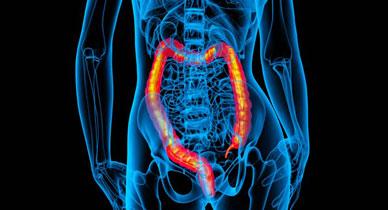
Significant changes have been observed in the aetiology, management and clinical outcomes in patients with lower gastrointestinal (GI) bleeding over the past 10 years, according to a recent study.
More comorbidities exist in hospitalized patients, and there is a marked increase in the use of computerized tomographic angiography and capsule endoscopy for diagnostic evaluation. Moreover, there have been longer hospitalization durations and a greater need for blood transfusion, which may reflect the selection of sicker patients for in-patient management in 2015 and 2017.
The investigators compared two groups of consecutive patients hospitalized with lower GI bleeding during two time periods: 2005 to 2007 (n=301) and 2015 to 2017 (n=249).
Patients in the 2015 to 2017 group had a higher mean Charlson comorbidity index (5.0±2.6 vs 6.0±3.0; p=0.028) and had greater use of computerized tomographic angiography (12.9 percent vs 58.1 percent; p<0.001) and small bowel capsule endoscopy (28.8 percent vs 69.0 percent; p=0.031) than those in the 2005 to 2007 group.
The most common aetiology of bleeding was ischaemic colitis (12.0 percent), followed by diverticular bleeding (8.6 percent), from 2005 to 2007. In 2015 to 2017, diverticular bleeding became the most common aetiology (10.4 percent), and the second most common was angiodysplasia (8.4 percent). Small bowel bleeding sources were more often confirmed in the 2015 to 2017 group (p=0.017).
Endoscopic treatment was attempted in more patients in the 2015 to 2017 group than in the 2005 to 2007 group (25.3 percent vs 16.6 percent; p=0.015). In addition, the 2015 to 2017 group recorded higher rebleeding rates, longer hospitalization duration (4.6±4.3 vs 5.5±3.4 d; p=0.019) and a higher proportion of patients needing a transfusion (62.0 percent vs 78.4 percent; p=0.016).